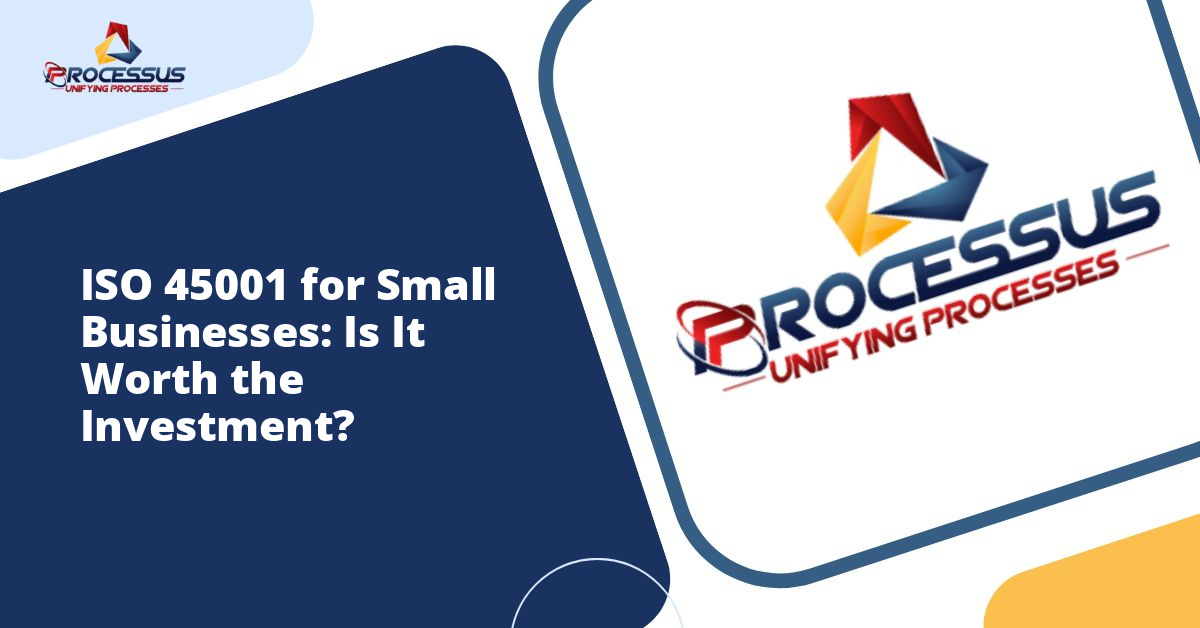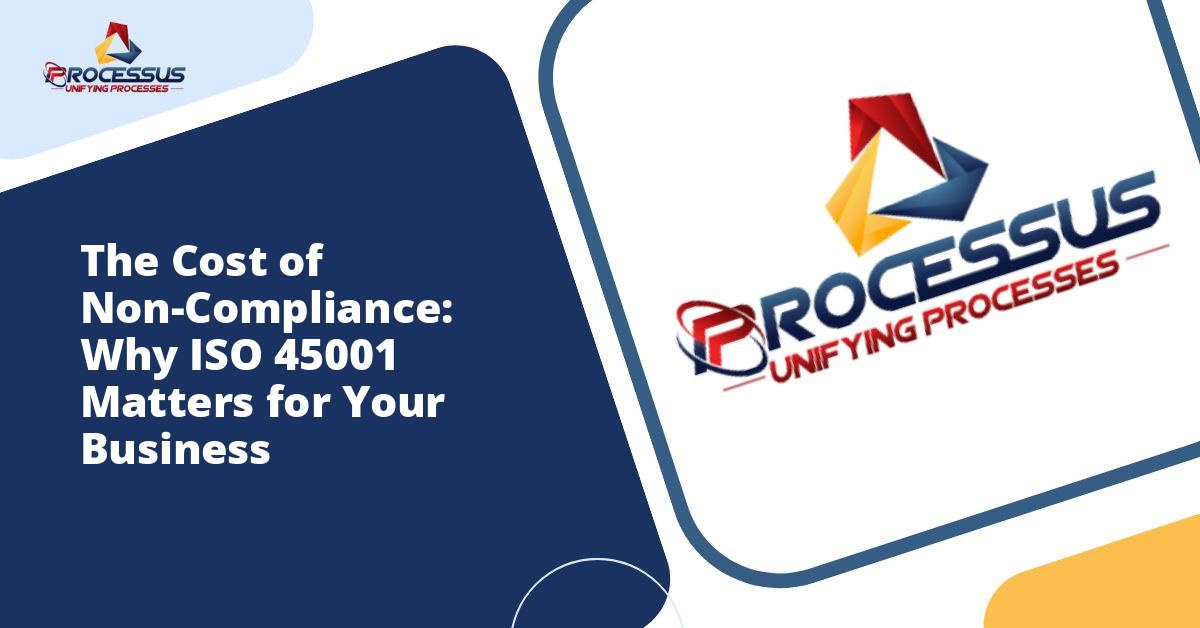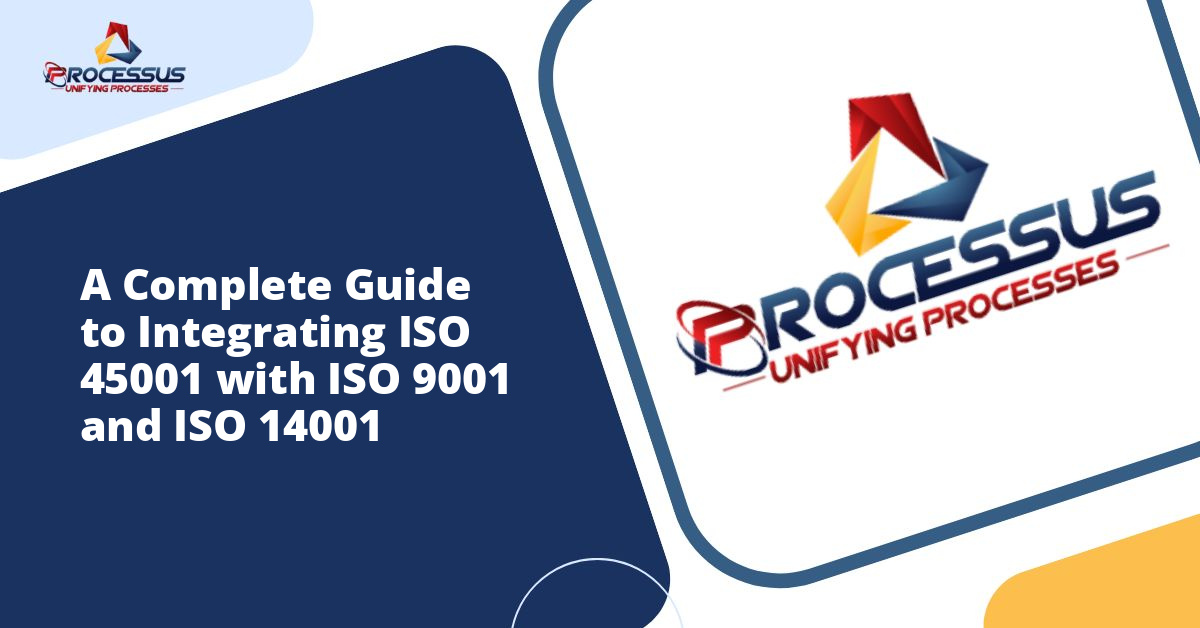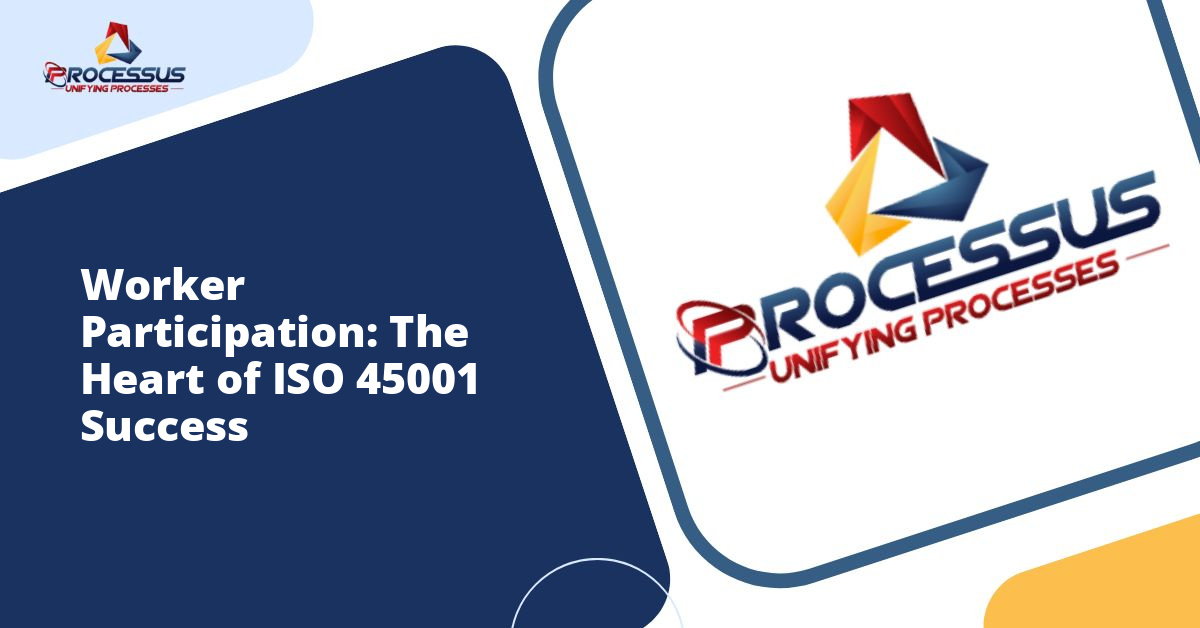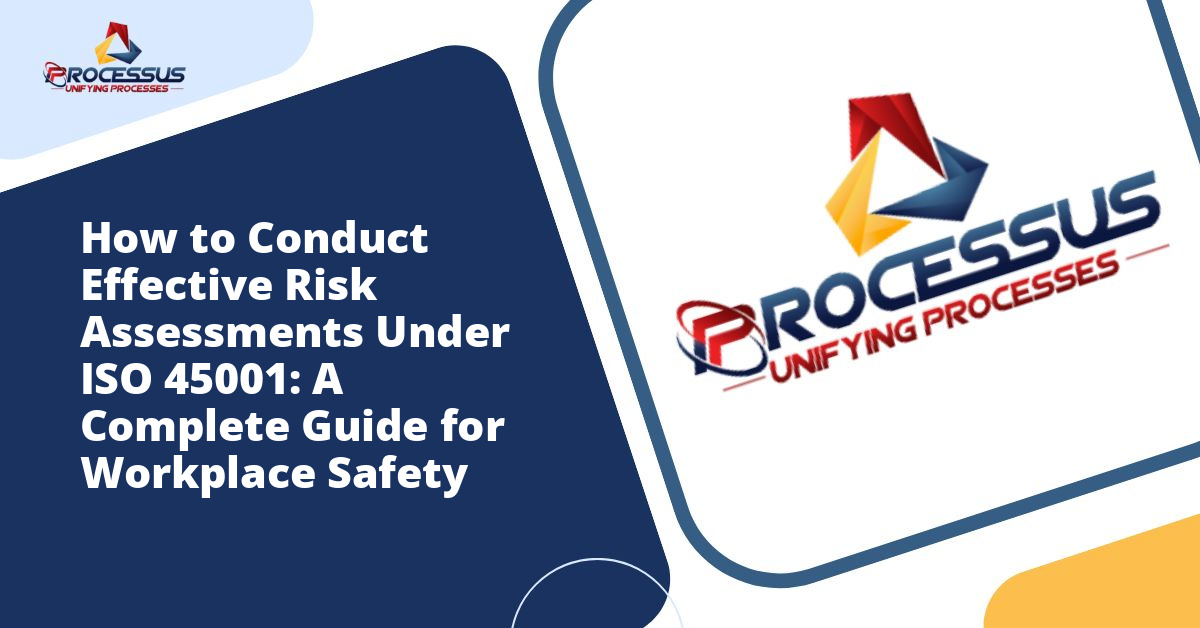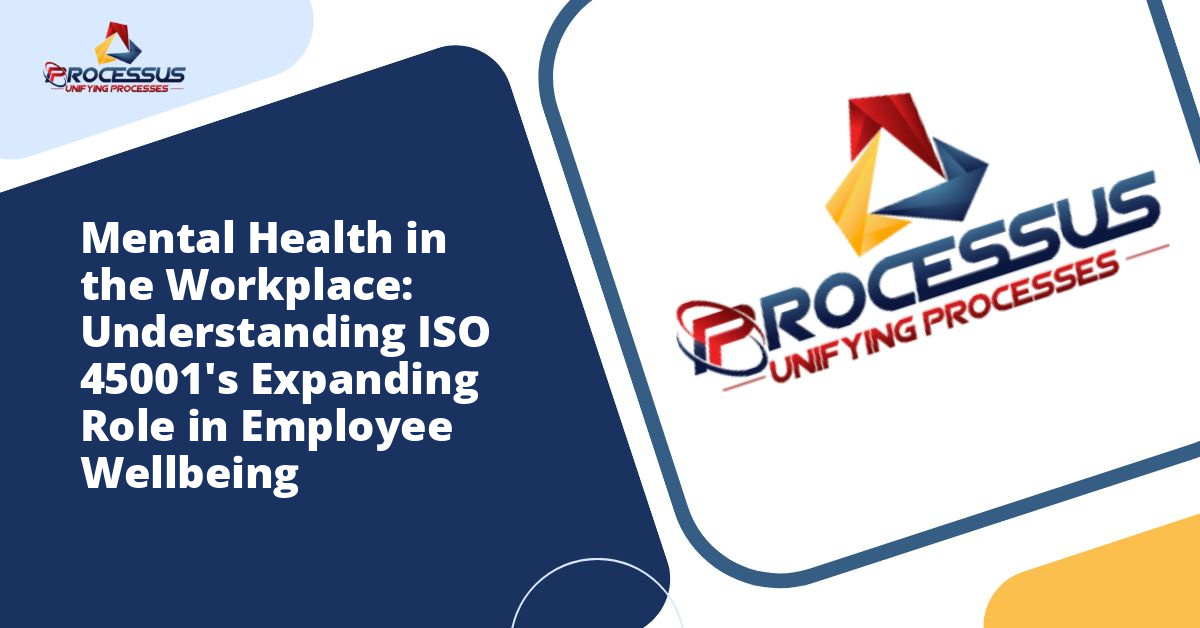Small business owners face countless decisions daily, from managing cash flow to keeping employees safe. When it comes to occupational health and safety management, one question frequently arises: should we invest in ISO 45001 certification? This internationally recognized standard promises improved workplace safety, but does it make financial sense for smaller operations with limited resources?
Understanding whether ISO 45001 certification delivers genuine value requires looking beyond the initial costs. This comprehensive guide examines the standard from multiple angles, helping small business owners make an informed decision based on their unique circumstances. You might also enjoy reading about The ROI of Implementing ISO 45001 in Your Organisation: A Complete Guide to Measuring Value and Impact.
Understanding ISO 45001: The Basics
ISO 45001 represents the first global standard for occupational health and safety management systems. Published in March 2018, it replaced the earlier OHSAS 18001 standard and provides a framework for organizations to manage workplace risks and improve employee safety. You might also enjoy reading about ISO 45001 vs OHSAS 18001: Understanding the Critical Changes in Workplace Safety Standards.
The standard focuses on preventing work-related injuries, ill health, and fatalities by proactively improving occupational health and safety performance. Unlike reactive approaches that address problems after they occur, ISO 45001 emphasizes prevention through systematic risk assessment and management. You might also enjoy reading about Building a Safety Culture Through ISO 45001 Implementation: A Complete Guide for Organizations.
At its core, the standard requires organizations to establish policies, identify hazards, assess risks, implement controls, and continuously monitor and improve their safety management systems. The framework integrates with other management system standards like ISO 9001 for quality and ISO 14001 for environmental management, making it easier for organizations already certified in these areas.
The Real Costs of Implementation
Before evaluating benefits, small business owners must understand the financial commitment involved. The costs fall into several categories that extend beyond the certification fee itself.
Direct Financial Expenses
Certification fees vary depending on company size, complexity, and location. Small businesses typically pay between $5,000 and $15,000 for initial certification, though this figure can increase for more complex operations. Annual surveillance audits add another $2,000 to $5,000 annually, with recertification required every three years.
Consultant fees represent another significant expense. Many small businesses lack internal expertise in occupational health and safety management systems, necessitating external support. Consultants typically charge between $100 and $250 per hour, with total project costs ranging from $10,000 to $30,000 depending on current safety management maturity.
Documentation and system development require investment in software, templates, and administrative resources. Some businesses spend $2,000 to $5,000 on documentation tools and templates specifically designed for ISO 45001 compliance.
Indirect Costs and Resource Commitment
Time represents perhaps the most significant investment for small businesses. Employees must participate in training, risk assessments, and system development activities. Leadership teams spend considerable time establishing policies, reviewing procedures, and participating in management reviews.
A typical implementation timeline spans six to twelve months, during which key personnel dedicate substantial hours to the project. For small businesses where employees wear multiple hats, this time commitment can strain operations and temporarily reduce productivity in other areas.
Training costs extend beyond certification preparation. Employees at all levels need education on the new system, hazard identification, risk assessment methodologies, and their specific roles in maintaining safety standards. This training typically costs between $3,000 and $8,000 for small organizations.
Tangible Benefits That Impact the Bottom Line
While costs are straightforward to calculate, benefits often prove more difficult to quantify. However, certified small businesses consistently report several measurable advantages.
Reduced Workplace Incidents and Associated Costs
Statistics demonstrate that organizations with robust safety management systems experience fewer workplace incidents. Even a single serious injury can cost small businesses tens of thousands of dollars in direct costs like medical expenses and workers’ compensation claims, plus indirect costs including lost productivity, replacement worker training, and investigation time.
Research indicates that businesses implementing ISO 45001 typically see incident rates decrease by 20% to 60% within the first three years. For a small business that might otherwise experience one or two significant incidents annually, this reduction translates to substantial savings that can exceed the certification investment.
Lower incident rates directly impact insurance premiums. Many insurers offer discounts ranging from 5% to 15% for ISO 45001 certified organizations, recognizing the reduced risk these companies represent. For small businesses paying $10,000 to $50,000 annually in workers’ compensation and liability insurance, these discounts add up quickly.
Enhanced Competitive Position
Certification opens doors previously closed to small businesses. Many large corporations and government agencies require or strongly prefer suppliers and contractors with ISO 45001 certification. This requirement particularly affects businesses in construction, manufacturing, and professional services sectors.
Tender processes increasingly include health and safety management criteria. Certified small businesses gain points in evaluation matrices, sometimes making the difference between winning and losing contracts. Several small business owners report that certification helped them secure contracts worth 2 to 3 times their certification investment in the first year alone.
Marketing advantages extend beyond formal requirements. Certification demonstrates commitment to employee welfare and professional management practices, distinguishing small businesses from less organized competitors. This differentiation proves particularly valuable in industries where safety records influence client decisions.
Improved Operational Efficiency
The systematic approach required by ISO 45001 often reveals operational inefficiencies unrelated to safety. Process mapping and risk assessment exercises highlight redundancies, bottlenecks, and resource waste. Many businesses discover that implementing the standard improves overall operations, not just safety performance.
Better communication flows naturally from documented procedures and regular management reviews. Employees understand expectations more clearly, reducing errors and rework. Small businesses report that the discipline of maintaining management systems creates organizational maturity that benefits all business areas.
Documentation and record keeping improvements support better decision making. When incident data, near misses, and risk assessments are systematically collected and analyzed, management gains insights into operational patterns and improvement opportunities previously invisible.
Intangible Benefits with Long-Term Value
Beyond measurable financial returns, ISO 45001 certification delivers advantages that, while harder to quantify, significantly impact business sustainability and growth.
Employee Engagement and Retention
Workers notice when employers invest in their safety and wellbeing. ISO 45001 implementation demonstrates genuine commitment beyond minimum legal compliance. This commitment builds trust, increases job satisfaction, and strengthens employee loyalty.
In tight labor markets, safety reputation influences recruitment. Prospective employees increasingly research potential employers, and certification signals professional management and care for worker welfare. Small businesses compete with larger companies for talent, and strong safety credentials help level the playing field.
Reduced turnover saves substantial money. Recruiting and training replacement workers costs between 50% and 200% of annual salary, depending on the position. If improved safety culture helps retain even one or two skilled employees annually, the savings can offset certification costs.
Legal and Regulatory Confidence
Compliance with occupational health and safety regulations grows more complex annually. ISO 45001 provides a framework ensuring systematic attention to legal requirements. The standard requires organizations to identify applicable regulations, monitor changes, and ensure ongoing compliance.
Should incidents occur despite preventive efforts, demonstrated commitment to systematic safety management strengthens legal positions. Courts and regulatory agencies view ISO 45001 certification favorably, recognizing it represents substantial good faith effort to prevent harm.
This protection proves particularly valuable for small business owners whose personal assets might be at risk in serious negligence cases. While certification does not eliminate liability, it demonstrates due diligence that can influence legal outcomes and regulatory enforcement actions.
Cultural Transformation
Perhaps the most profound benefit involves cultural change. ISO 45001 implementation shifts safety from a compliance burden to a core business value. This transformation takes time but fundamentally improves how organizations operate.
Leadership engagement required by the standard ensures safety receives appropriate priority and resources. When owners and managers actively participate in safety management, employees throughout the organization take notice and follow suit.
Worker participation, a key standard requirement, empowers employees to identify hazards and suggest improvements. This involvement increases ownership of safety outcomes and builds a proactive rather than reactive safety culture.
When Certification Makes Most Sense
ISO 45001 delivers value for many small businesses, but specific circumstances make certification particularly worthwhile.
Industry and Risk Profile
Businesses in high-risk sectors like construction, manufacturing, transportation, and healthcare derive greatest benefit. Where injury potential is significant, systematic risk management delivers substantial returns through incident prevention.
Companies experiencing elevated incident rates should seriously consider certification. If current approaches are not adequately protecting workers, the structured ISO 45001 framework provides proven methodology for improvement.
Growth Trajectory and Market Position
Small businesses planning growth should consider early certification. Building safety management systems into organizational DNA from the beginning proves easier than retrofitting later. As companies grow, complexity increases, making systematic approaches increasingly valuable.
Organizations targeting markets where certification is standard or required should prioritize implementation. Rather than viewing it as discretionary, these businesses should consider ISO 45001 a market entry requirement.
Existing Management Systems
Companies already certified to other ISO standards find implementing ISO 45001 significantly easier. The standards share common structure and many requirements, allowing integrated management systems that reduce duplication and administrative burden.
Businesses with mature informal safety programs may find certification relatively straightforward. If robust hazard identification, risk assessment, and control processes already exist, formalizing them to meet ISO 45001 requirements requires less effort than starting from scratch.
Alternatives Worth Considering
ISO 45001 certification represents one approach to safety management. Small businesses should consider alternatives that might better suit their circumstances.
Gap Assessment Without Full Certification
Some consultants offer gap assessments against ISO 45001 requirements without pursuing formal certification. This approach identifies improvement opportunities and provides implementation guidance at lower cost. Businesses gain many systematic benefits without certification expenses.
This option suits organizations wanting improved safety management but not needing certification for competitive purposes. Once systems mature, pursuing formal certification becomes easier if circumstances change.
Industry-Specific Standards and Programs
Various industries offer sector-specific safety programs that may provide similar benefits at lower cost. Construction has programs like COR (Certificate of Recognition), while other industries offer tailored alternatives.
These programs often address industry-specific hazards more directly than generic ISO 45001 requirements. For small businesses serving specific sectors, specialized programs may deliver better value.
Incremental Improvement Approach
Rather than pursuing full certification immediately, small businesses can adopt ISO 45001 principles gradually. Implementing elements like systematic hazard identification, documented procedures, and regular management reviews delivers benefits without full system development.
This approach spreads costs over time and allows organizations to build capability progressively. As resources permit, businesses can expand implementation until ready for formal certification.
Making the Decision: A Framework
Determining whether ISO 45001 certification makes sense requires honest assessment across several dimensions.
Financial Capacity
Calculate total implementation costs including certification fees, consulting support, training, documentation, and internal time. Compare these costs against available resources and other investment priorities. Can the business afford implementation without compromising other critical needs?
Potential Return on Investment
Estimate potential savings from reduced incidents, lower insurance premiums, and improved efficiency. Consider revenue opportunities from enhanced competitive position. Does the projected return justify the investment within an acceptable timeframe, typically three to five years?
Strategic Alignment
Evaluate how certification supports broader business objectives. Does it enable market expansion, strengthen competitive position, or support growth plans? Is safety management currently limiting business development?
Current Safety Performance
Assess existing safety management maturity. Organizations with significant gaps face steeper implementation challenges but also gain greater benefits. Companies with strong informal systems may find certification relatively straightforward.
Stakeholder Expectations
Consider customer requirements, employee expectations, regulatory pressure, and community standards. Do key stakeholders expect or value certification? Will it strengthen important relationships?
Conclusion: Weighing Costs Against Value
ISO 45001 certification represents a significant investment for small businesses, typically requiring $20,000 to $50,000 in direct and indirect costs during the first year. However, for many organizations, particularly those in higher-risk industries or pursuing growth, the investment delivers substantial returns.
Reduced incidents, lower insurance costs, competitive advantages, and improved operational efficiency provide measurable financial benefits. Enhanced employee engagement, legal protection, and cultural transformation deliver long-term value that transcends simple cost-benefit calculations.
The question is not whether ISO 45001 works but whether it fits your specific business context. Companies with elevated safety risks, growth ambitions, or markets where certification matters should seriously consider implementation. Those with limited resources, low risk profiles, or minimal competitive pressure might explore alternatives.
Ultimately, the decision requires looking beyond immediate costs to consider long-term business sustainability. Investing in systematic safety management protects your most valuable asset, your employees, while building organizational capability that supports all business objectives. For many small businesses, that combination makes ISO 45001 certification worth every dollar invested.

